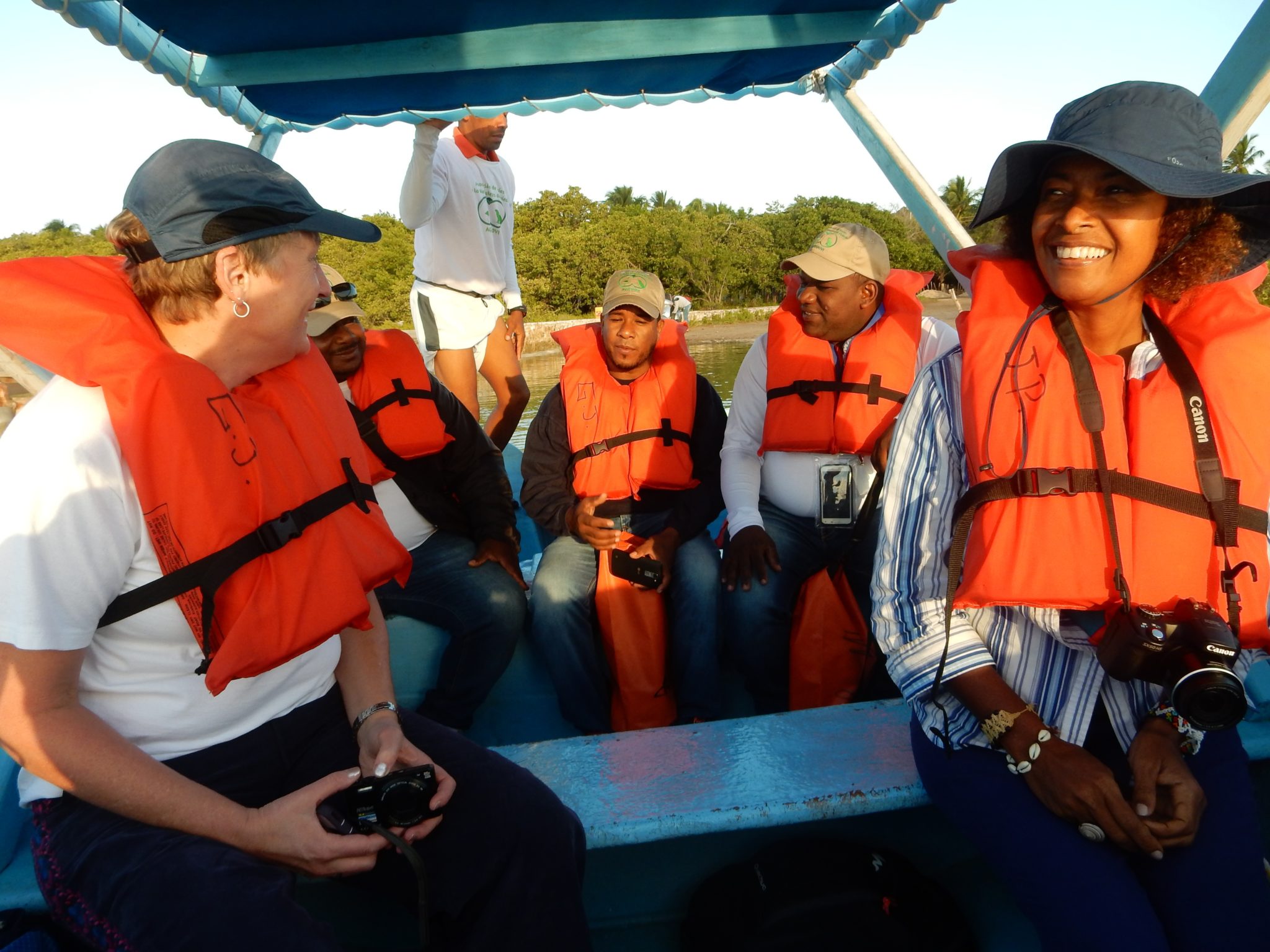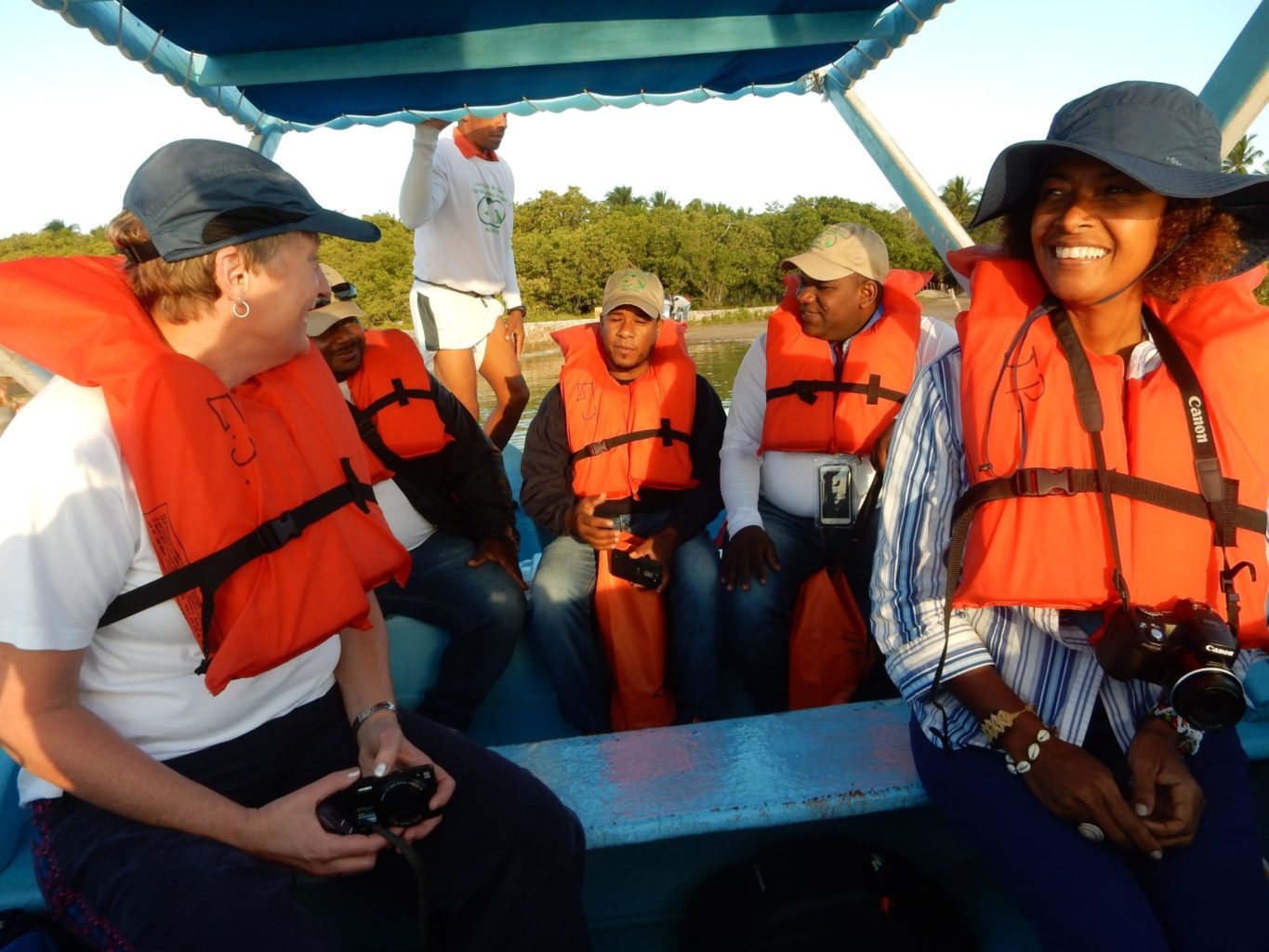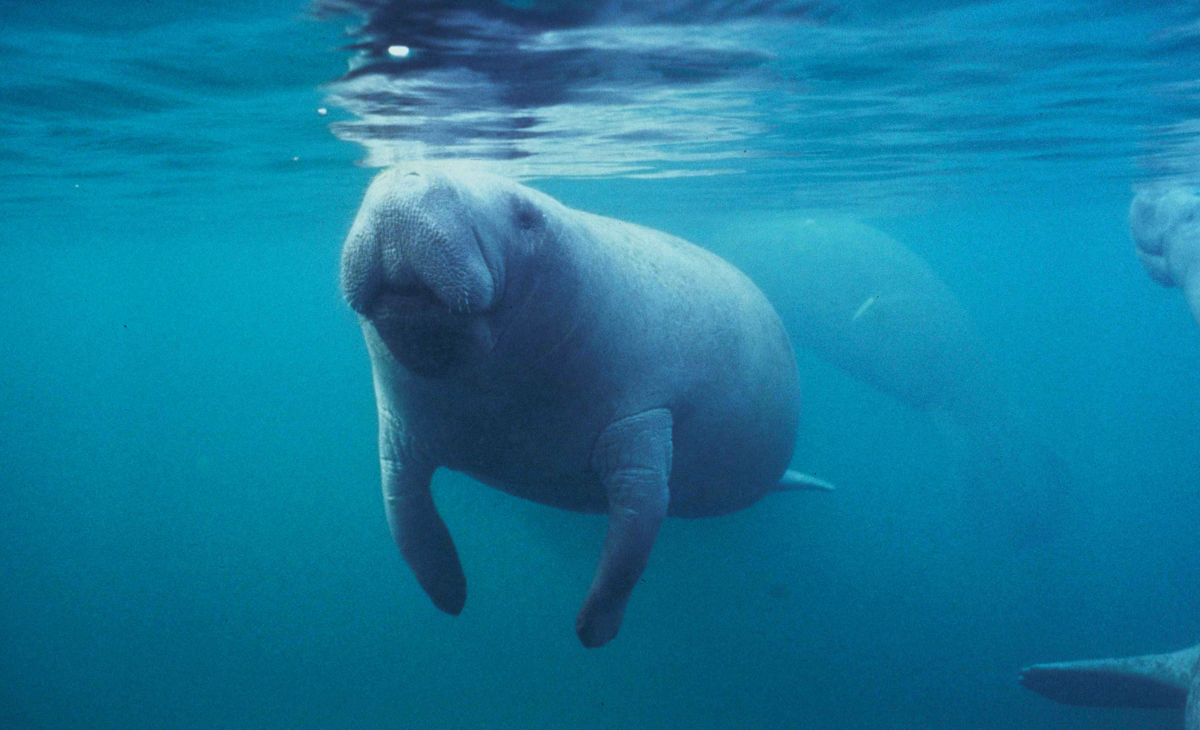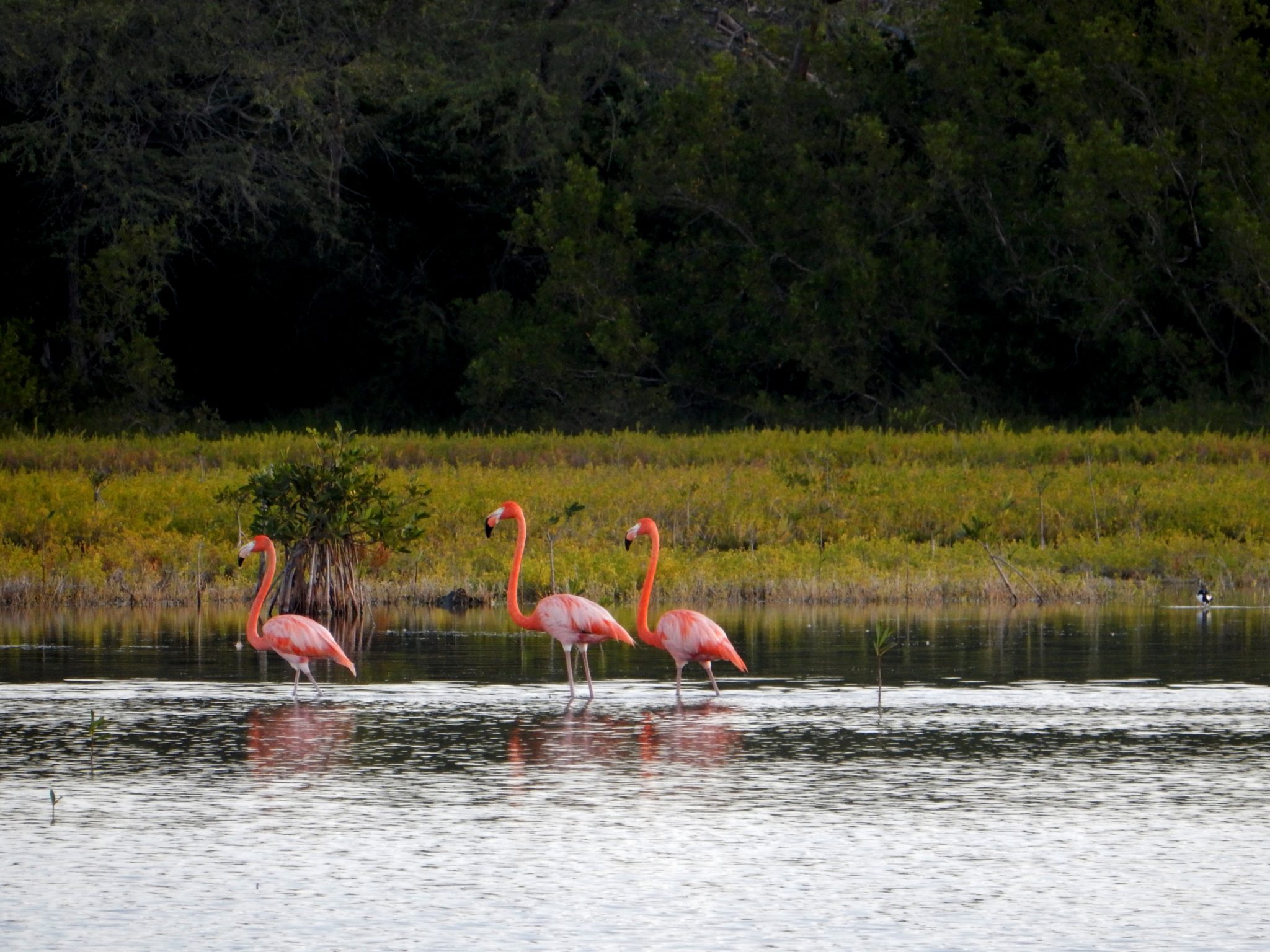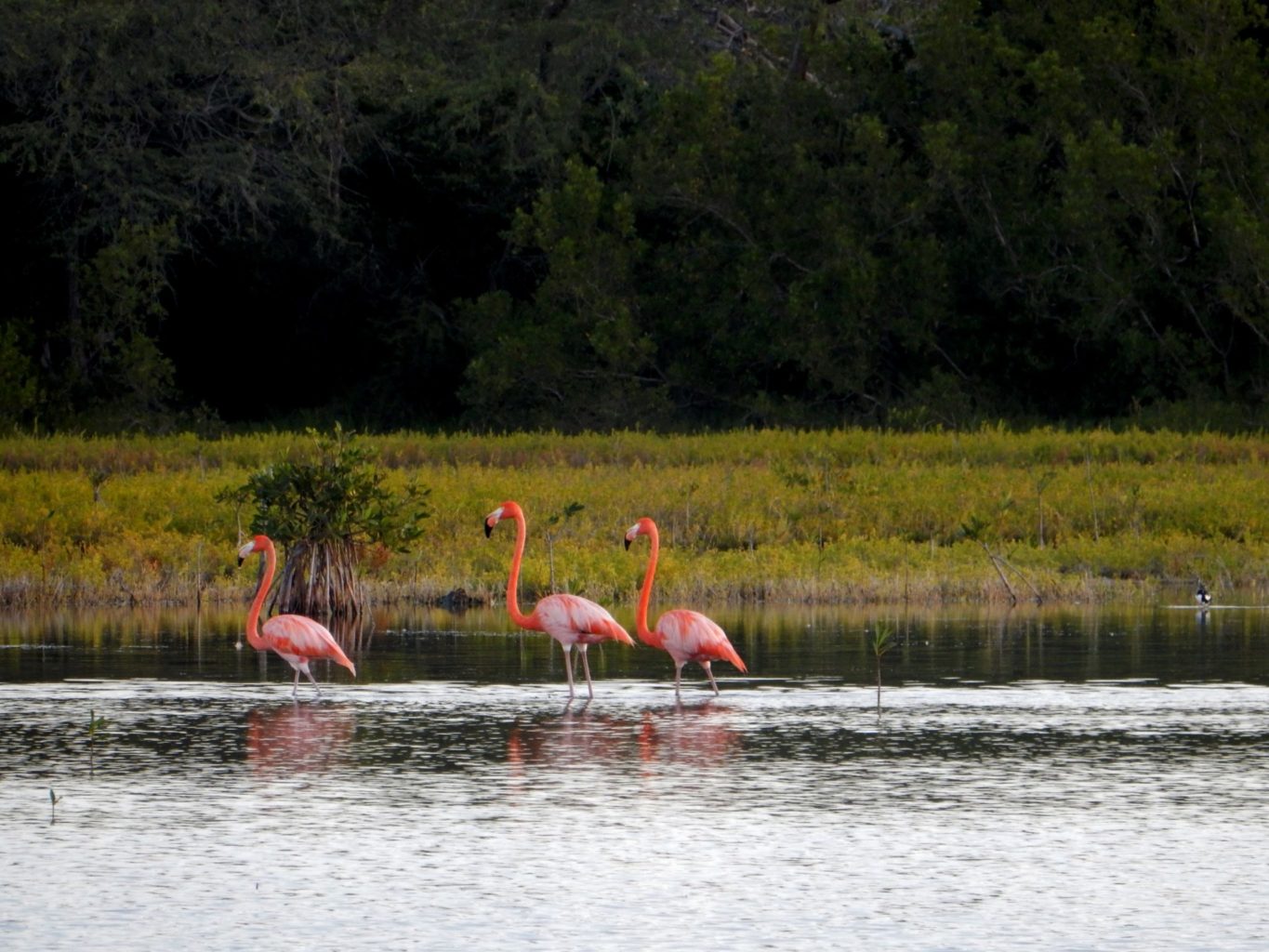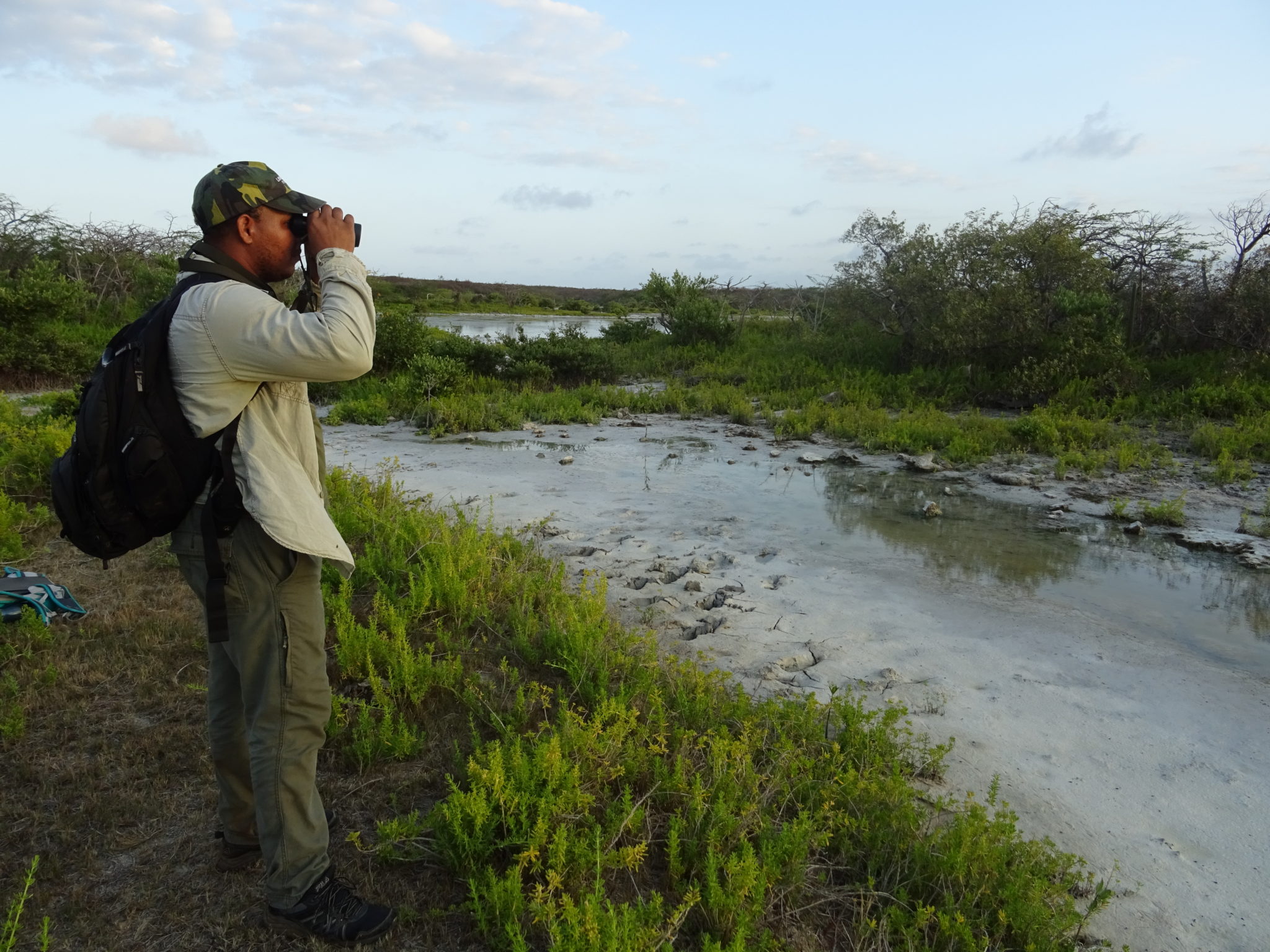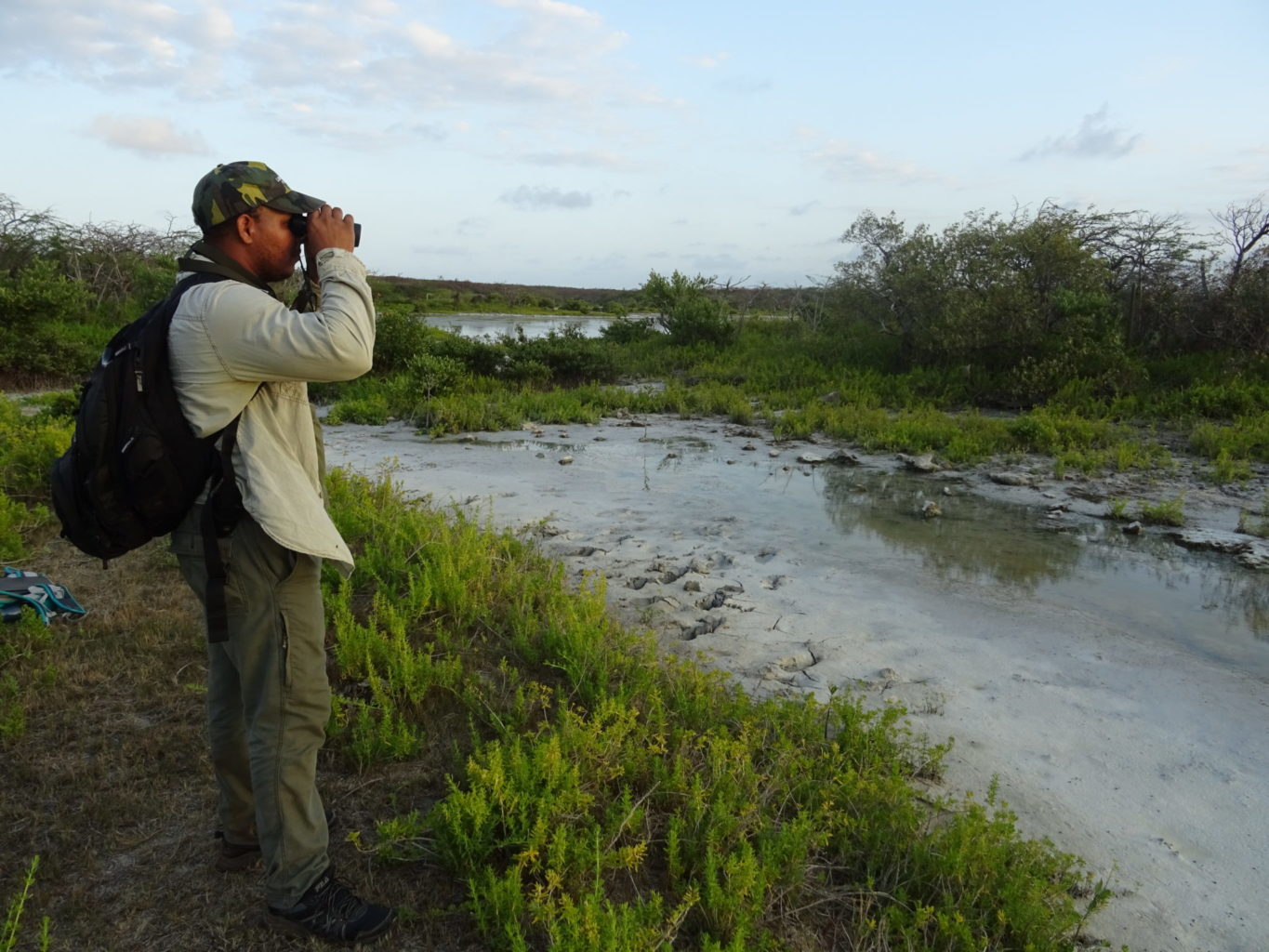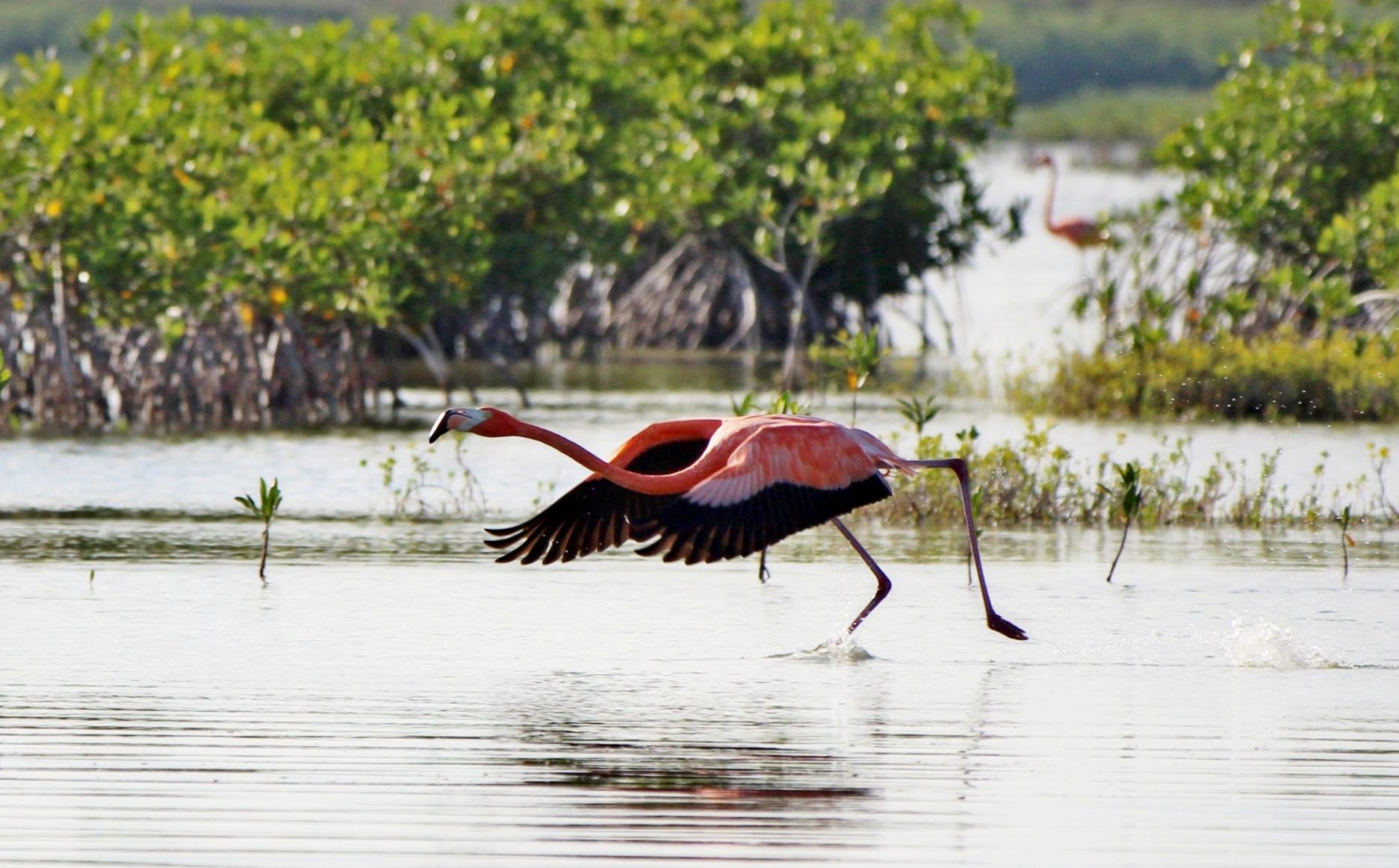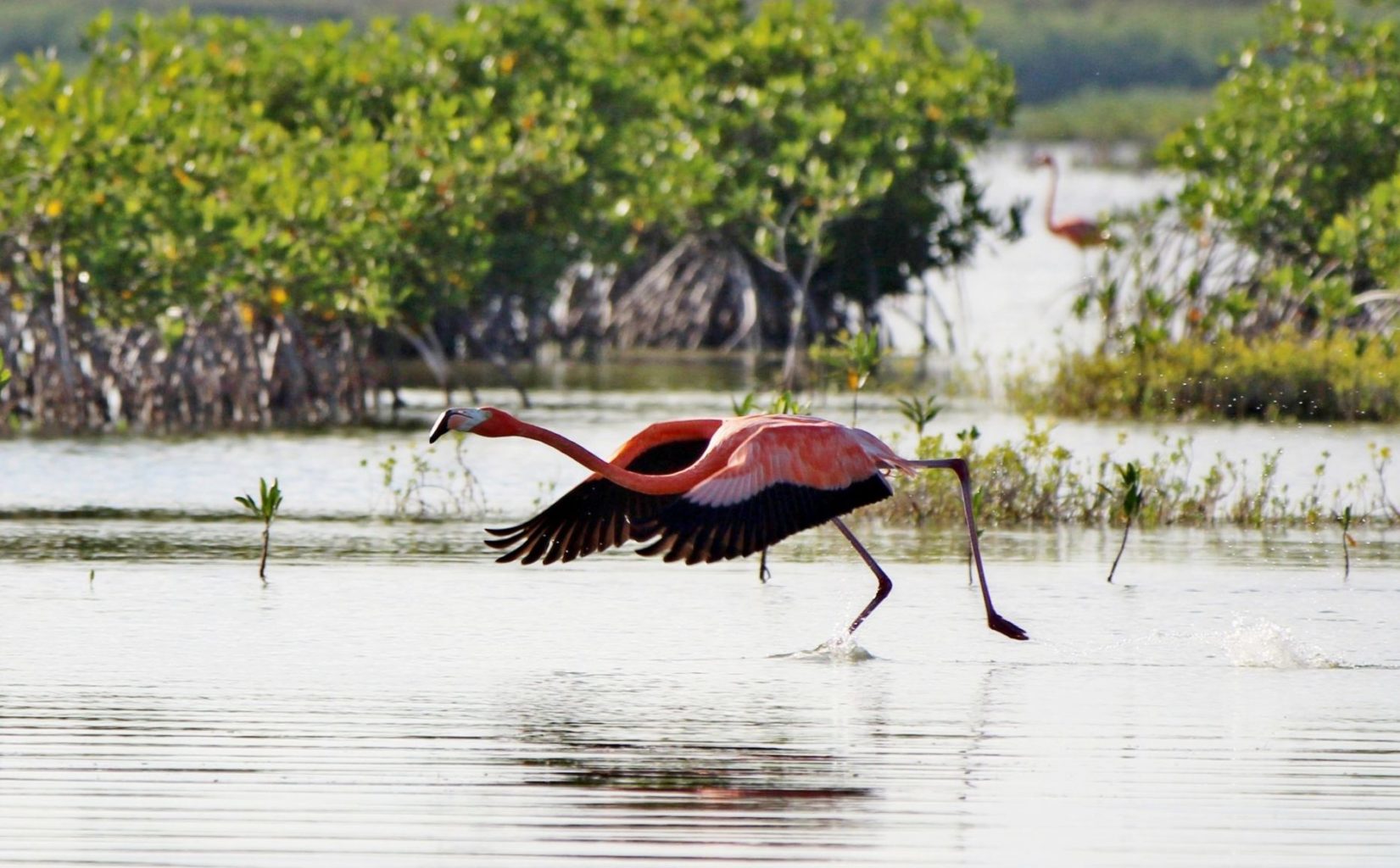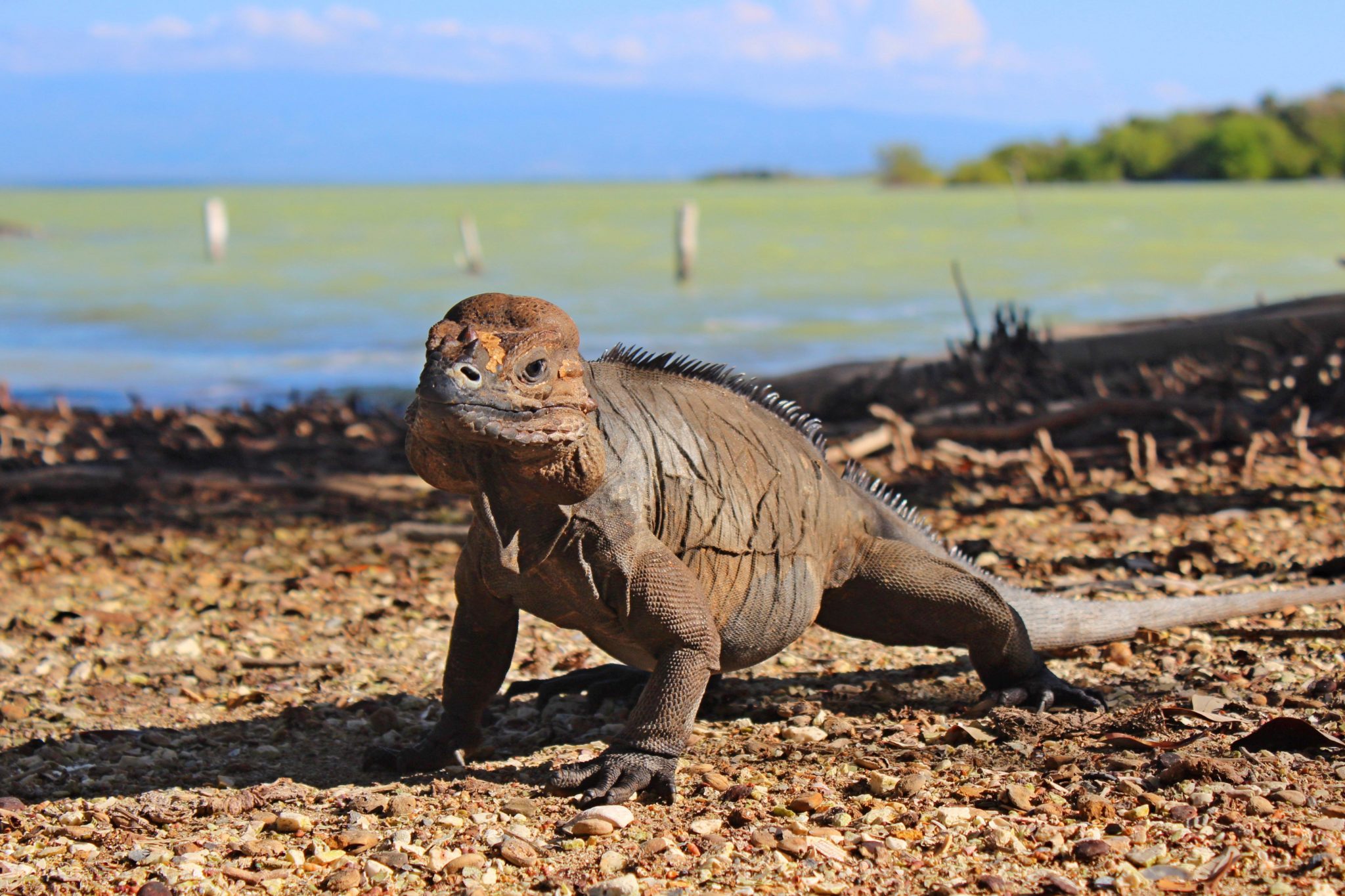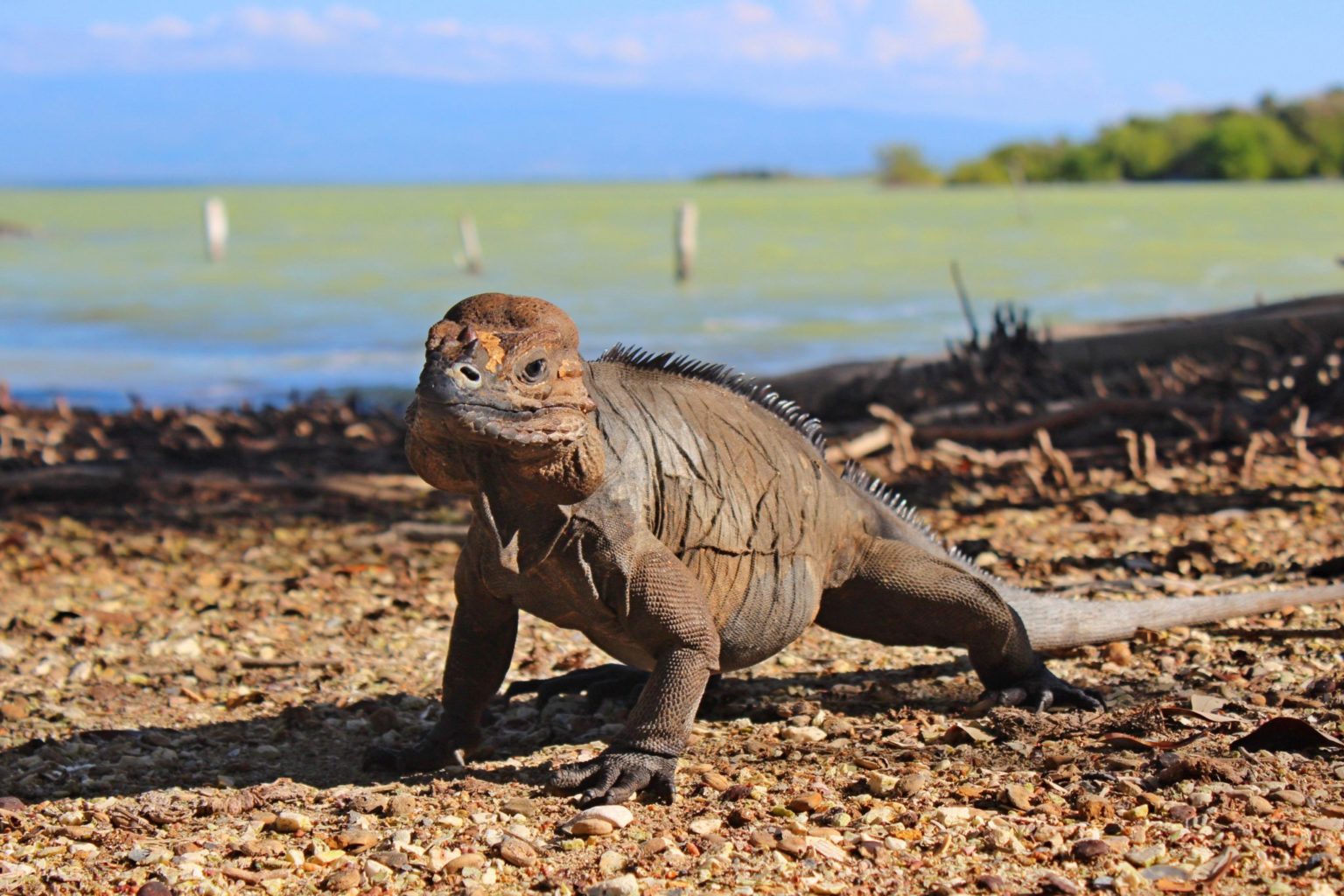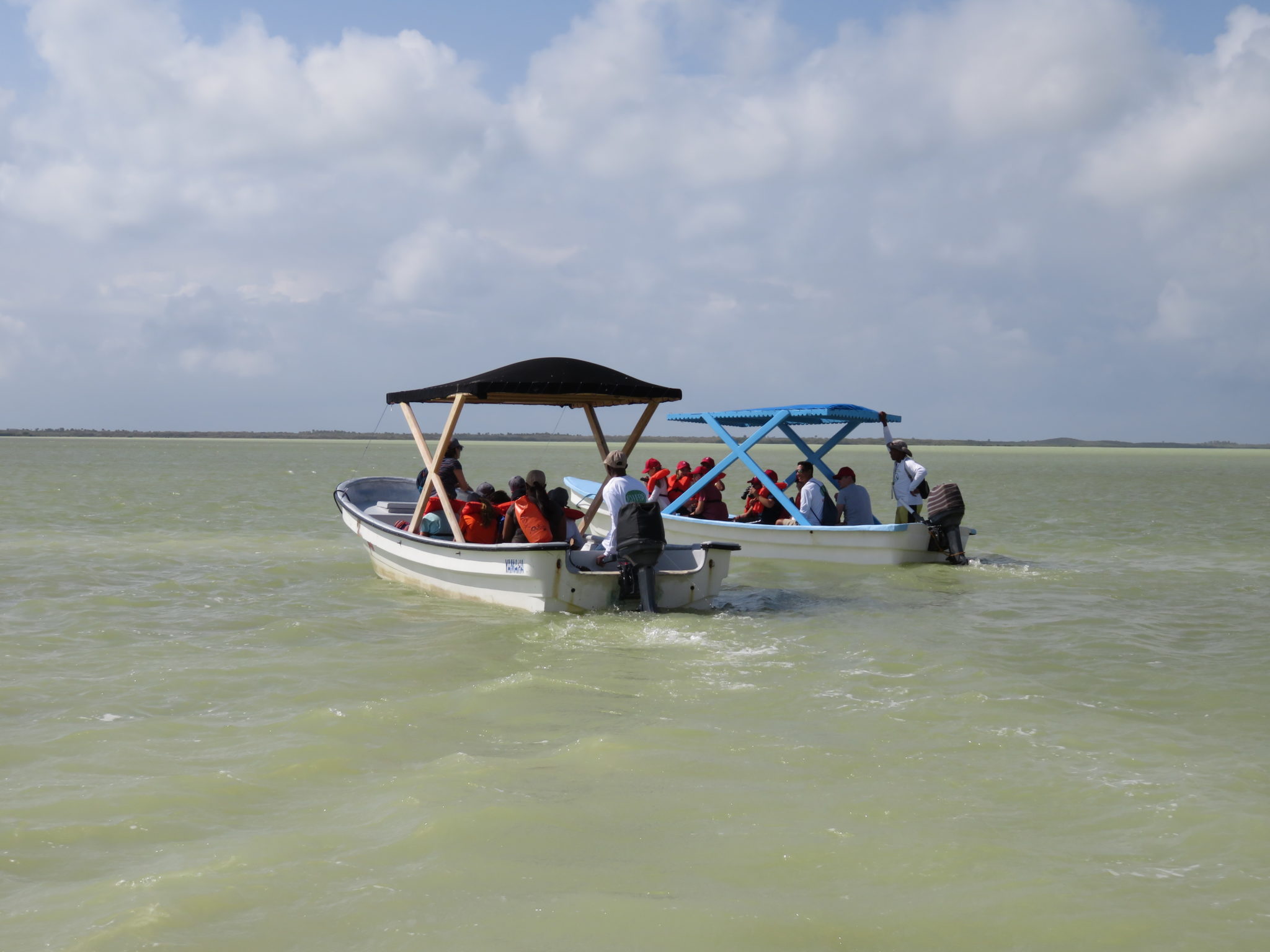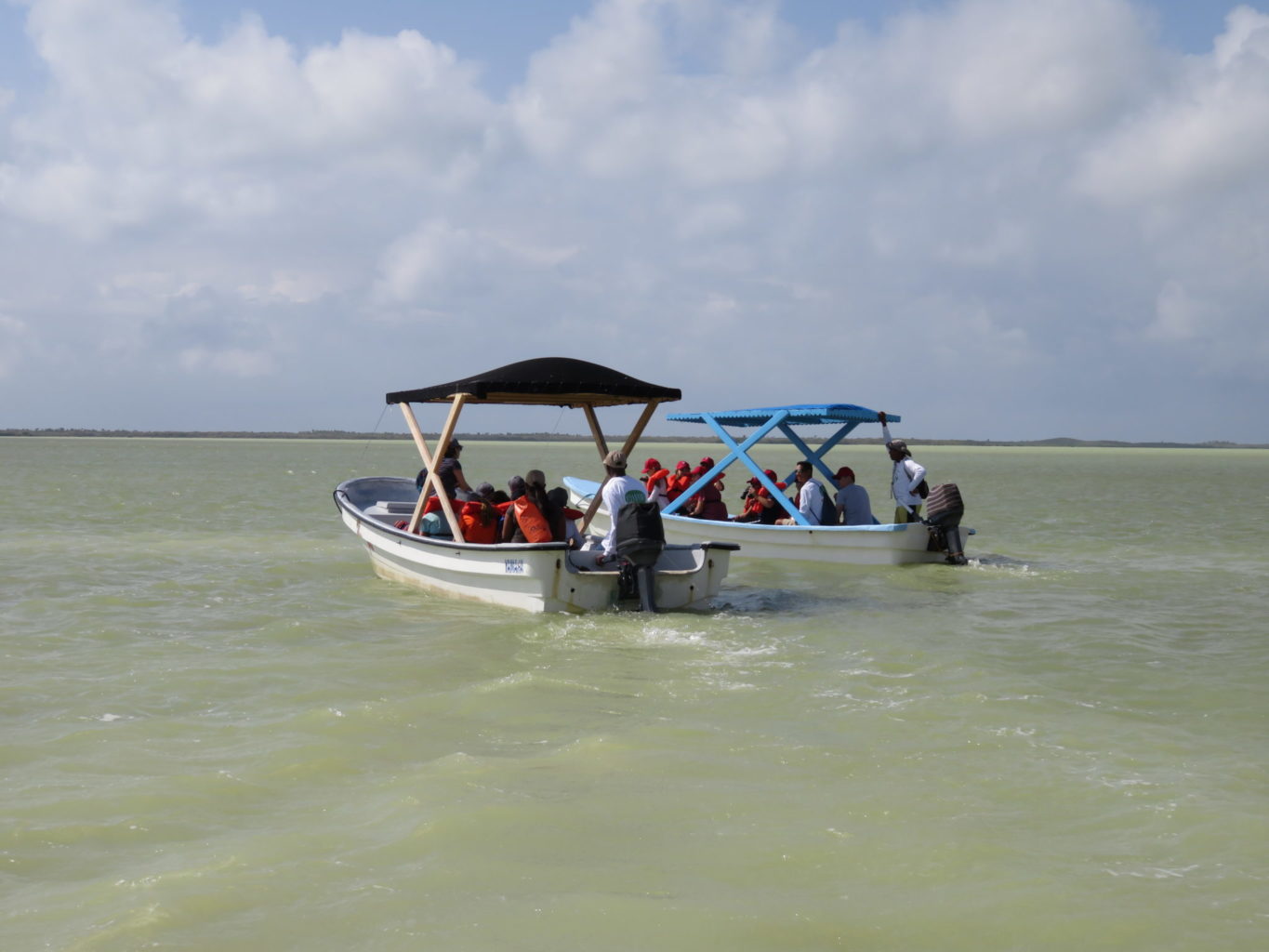Jaragua National Park, located in the Dominican Republic’s extreme southwest, was established in 1983. There are very few park rangers, however, and virtually no patrolling of the park’s 593 square miles.
Oviedo Lagoon is one of the largest mangrove areas (16,000 acres) in the park and is part of an internationally recognized Ramsar wetlands site. The area provides nesting habitat for aquatic birds, including threatened or declining species such as the West Indian whistling duck, reddish egret, white-crowned pigeon, roseate spoonbill, and Caribbean flamingo. Other species found in the lagoon include the vulnerable rhinoceros iguana and blue land crab. The endangered West Indian manatee has also been reported on the ocean side.
Dominican NGO Grupo Jaragua has worked with local people to promote nature tourism of the lagoon for over 10 years. However, tourism at the lagoon remains low. To get to the popular sites on the eastern shore, tourists must take small fishing boats from a visitors’ center on the north shore in El Cajuil.
To improve tourists’ experience, Seacology is funding mangrove-related interpretative materials at the visitors’ center, a lookout tower, and dock area. Tour guides will improve their boats, and more local people, including women, will get training as nature guides. In exchange, the Laguna de Oviedo Guides Association will patrol the lagoon. They will be on the lookout for people poaching birds’ eggs, cutting mangroves, or hunting black-crowned pigeons. The guides will also monitor and document bird activity, particularly that of the Caribbean flamingo. Finally, they will carry out surveillance and cleanup of mangrove areas and report irregularities to Grupo Jaragua.


